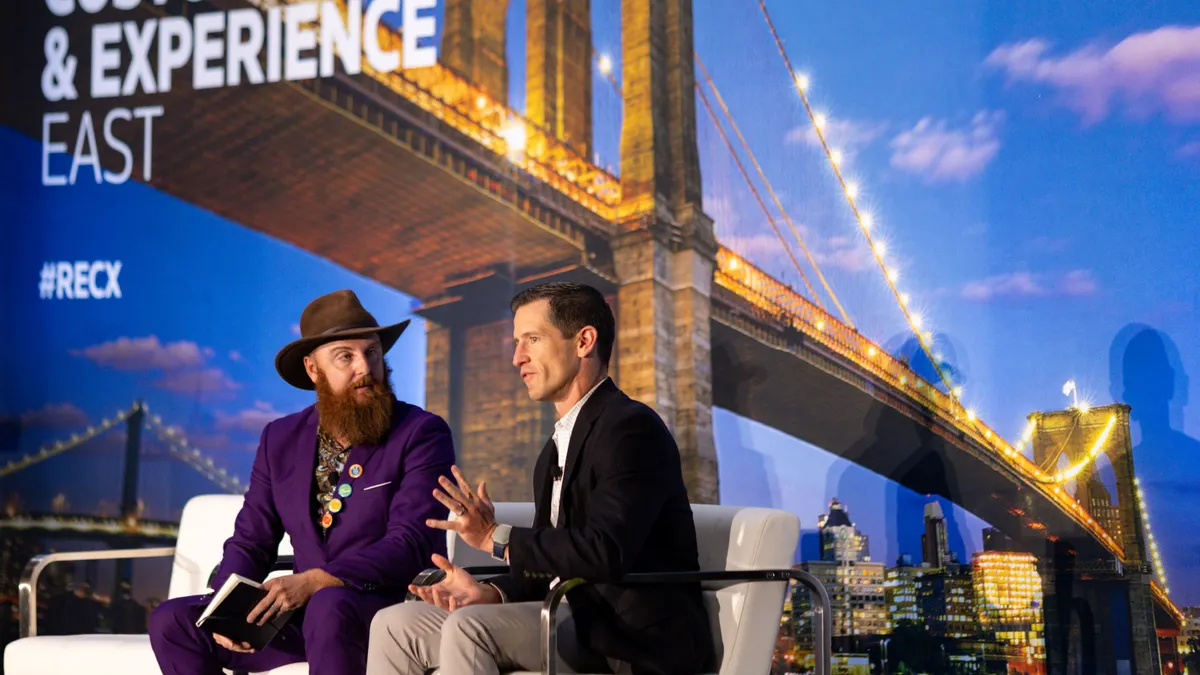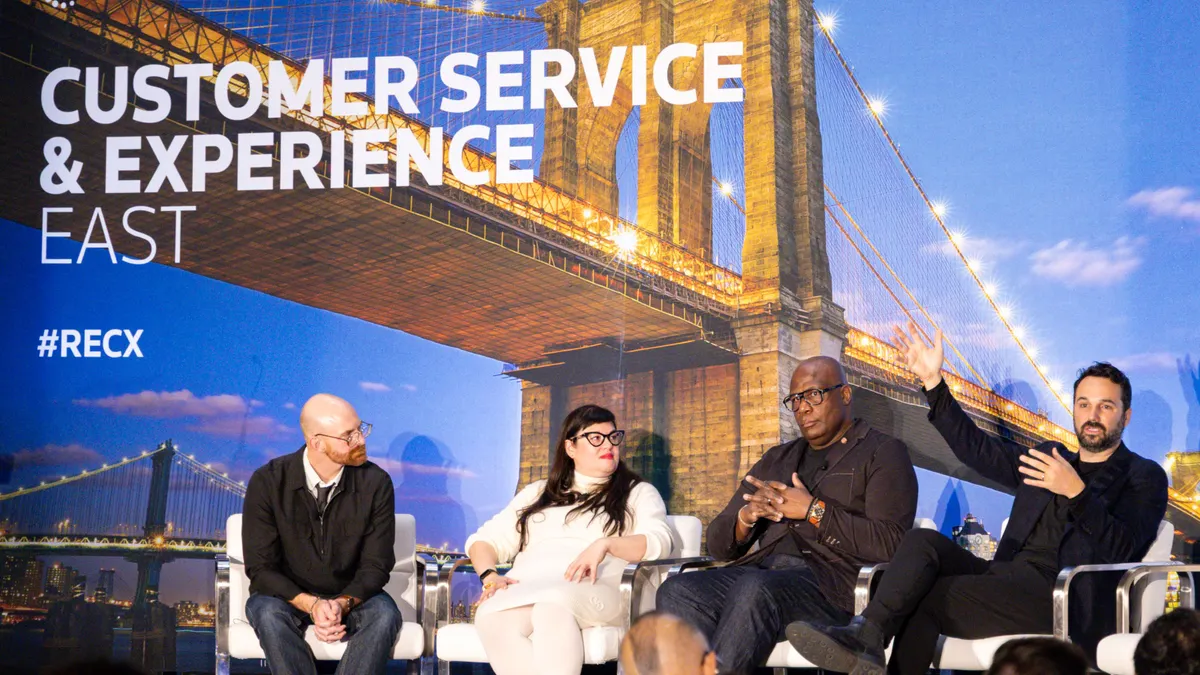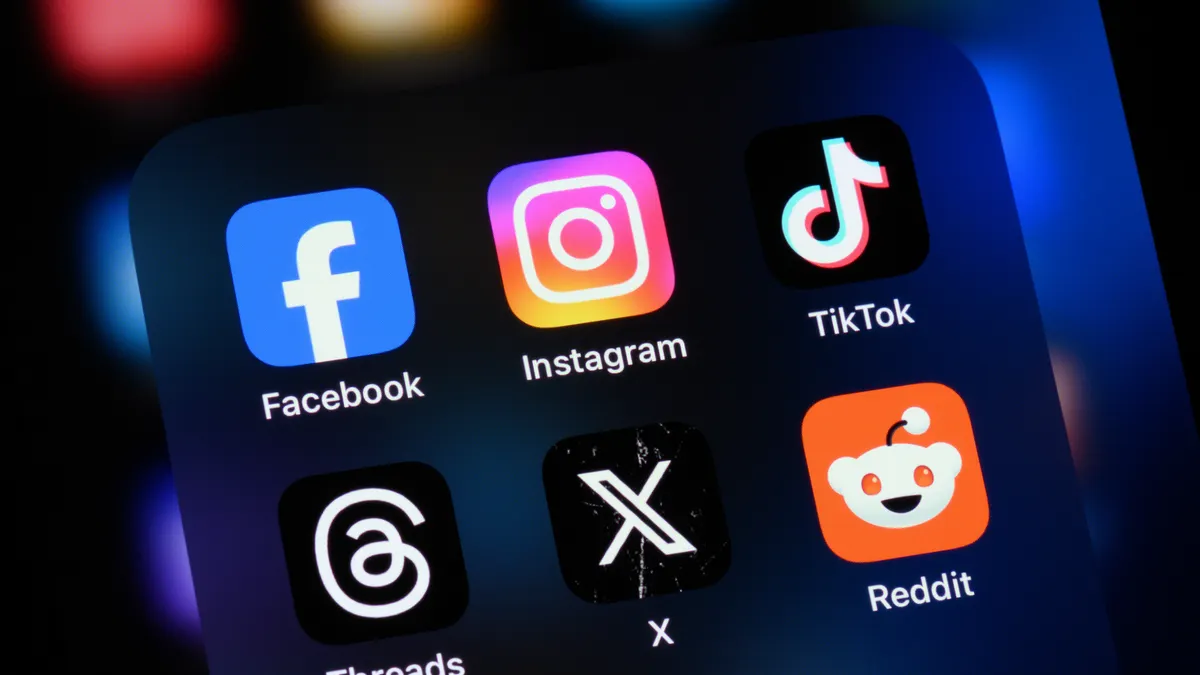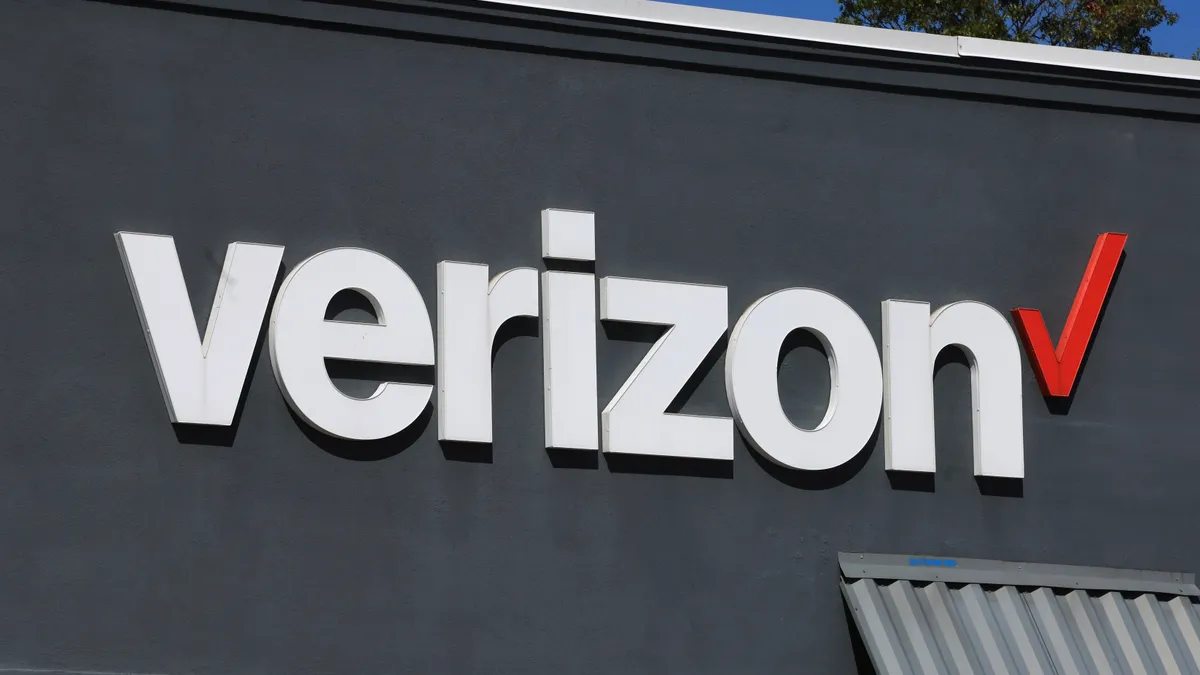The National Retail Federation’s Big Show in New York City offers a deep look into the topics at the forefront of retail experts’ minds. Leaders at this year’s event, which ran from Sunday through Tuesday, emphasized how they’re using data to navigate rapidly changing customer expectations.
Customer data platform adoption is on the rise ahead of Google’s phaseout of tracking cookies, and retailers presented plenty of use cases for the information they gather, whether it’s for traditional loyalty programs or putting the newest generative AI tools to the test.
CX Dive attended panels and interviewed experts from retail companies, vendors and analyst firms to garner a deeper understanding of the role data plays across the many ingredients that make a customer’s experience memorable.
In the words of the experts, here are five lessons learned:
(The comments below have been lightly edited for length and clarity.)
Lesson no. 1: Smart data governance enables consistent experiences.
MELISSA LUDACK, VP of DATA SCIENCE at TARGET: We think about our data in terms of a product, and so we build out what we call certified data sets. For a data set to be certified, it has to follow engineering best practices that we have established. …
So we take all those certified data sets, and we put them in a central location. … Whether that's where reporting and analytics are taking place, traditional [machine learning] models that we’ve built out or the generative AI solutions that we're building out, they’re all grounded in that exact same foundation data.
What's wonderful about that is as new things like generative AI come on the scene, we're using the same data so we can drive a consistency in experience for both our team members and our guests, which is a really important thing, because we don't want to jar them in a different way.
We want to bring forward solutions that fit within our ecosystem.
Lesson no. 2: Build CX technology one piece at a time, but keep the big picture in mind.
JORDAN SPEER, RESEARCH DIRECTOR, IDC RETAIL INSIGHTS: It's about having data end to end. Don't just focus on one thing.
I was thinking about what my dad taught me when I was a kid, and we were putting a table together. You have four legs, and you screw in one of the legs, but you don't want to tighten that leg all the way down. ... Because if you tighten one leg down, you put yourself in a place where you can't maneuver the other legs.
That's kind of a good way to think about implementing and where and how you approach [new tech]. Leave yourself enough leverage to be flexible as you go around. The whole enterprise is an end-to-end enterprise. …
You do have to hone in on things, because you can't tackle the whole thing at once. Look at your customers. What do they need? How do you maintain control of that experience?
Lesson no. 3: Use data to focus on the customer, not the journey.
TOBIAS BUXHOIDT, PARCELLAB CO-FOUNDER AND CEO: Step No. 1 is moving away from saying, "This is our journey," and moving to the mindset of, "This is the customer. What's the journey for this person?"
On a one-on-one basis, it's complicated, but just start thinking about how I can build this experience. What is my VIP customer going to see compared to a first-time buyer? Or maybe a customer in the U.S. compared to Canada?
That mindset shift is where it all starts, and then you work along what are that specific customer's expectations? What does great look like? And then you start building a journey.
Lesson no. 4: Generative AI-driven personalization will need tons of data.
LUDOVIC MAIRE, DIRECTOR OF PRODUCT MANAGEMENT AT SSENSE: You need that very deep understanding of the customer in order to identify those specific use cases that you want to explore with [generative AI].
In the case of the OpenAI plugin, for example, we started to scale up our personal stylist program to pretty much everyone but also to completely redefine the way customers search online through our vast product catalog, which is a major hurdle. There were a few challenges to this.
For starters, to get into the technical details of potentiality models, they're only trained on data since 2021. So we had to teach those models with our real-time inventory of 100,000 products, and train the AI agent with our team of [human] personal stylists to use the best prompts to find the best product within that huge multidimensional product database.
Lesson no. 5: Use data to make loyalty members feel like you know them.
ANA CAROLINA ROSA, DIRECTOR OF STRATEGY AND CUSTOMER EXPERIENCE AT GPA: Data without the correct organization doesn't really work. With our [consumer data platform], we're now able to understand and decode the purchase history of each consumer to actually enhance or improve the offers that we give. …
Deeper discounts are not enough. Obviously, giving the correct discounts are very important so the client also feels like we know them, and that creates fans of our brands. But other than that, we're trying to give meaningful experiences to our call out to our clients as well.
The data allows us to understand what is important for that particular consumer. Especially what we call our most premium clients, which are the ones who have a much higher frequency. They go more than three times a week to our stores, and they obviously have a much larger basket.




















